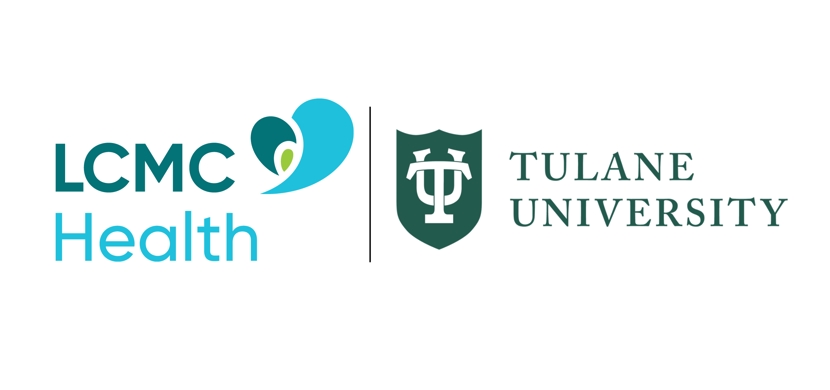Breast health: what’s good for your girls—and your future
- Category: Breast Care
- Posted on:

You know the important things in life—your loved ones, finances, job, neighborhood, perhaps even NOLA itself—like the back of your hand. Does that intimate knowledge extend to your breasts? If not, it’s time to pay attention to breast health to protect your overall health. Knowing your breasts and how to care for them is the essence of breast health.
Breast health doesn’t exist in isolation. It’s an essential part of women’s health—in short, your whole health. What affects your breasts can have consequences for the rest of your body. That’s why prioritizing breast care is good for all of you. What’s more, it’s an investment in a healthy future.
Why knowing your normal is a key part of breast health
Knowing what your breasts normally look and feel like is an important part of breast health because it can help you spot any changes quickly. This is where breast self-exams come in.
Think of breast self-exams as regular (preferably monthly) meetups to get reacquainted with your breasts. Try to keep a consistent schedule. For example, do your exam three to five days after your period starts, the National Library of Medicine recommends. If you’ve gone through menopause, pick a day and perform your exam on the same date every month.
To perform a breast self-exam:
- Lie on your back and use two fingers to gently press on each breast in a circular or top-to-bottom motion to check for lumps.
- Next, sit or stand to feel your armpits for lumps, and gently squeeze your nipples to check for discharge.
- Finally, stand in front of a mirror to observe your breasts’ shape and texture.
Tell your primary care provider (PCP) if you see or feel anything new or strange. Your PCP may wish to perform a different hands-on exam called a clinical breast exam.
Screening mammograms: the cornerstone of breast health
When breast cancer develops, it rarely gives clues that it’s present early on. However, that doesn’t mean you can’t find it when it’s silent—and small. A mammogram, or breast X-ray, can show breast cancer before you feel a lump or notice symptoms.
A mammogram to check for breast cancer when you don’t have symptoms is called a screening mammogram. Undergoing regular screening mammograms reduces your risk of dying from breast cancer because finding cancer early makes it easier to treat. That’s how screening mammograms give you an advantage—and the reason they’re the most important component of breast health. You can keep your advantage over breast cancer by sticking to a screening schedule.
When to have a screening mammogram
With screening mammograms, timing and consistency are important. Talk to your doctor about when to start having an annual screening mammogram. You may wish to start as early as age 40, based on your risk factors for breast cancer.
All women should undergo a screening mammogram every year from ages 45 to 54, according to the American Cancer Society. The organization recommends screening mammograms every two years for women 55 and older. Alternatively, these women can keep undergoing annual screenings, depending on their preference and doctor’s recommendation.
Best moves for breast health
Some breast cancer risk factors, such as having dense breast tissue, inherited genetic changes or a family history of the disease, are out of your hands. Fortunately, however, many other factors are well within your power to control.
Following the tenets of healthy living can help you reduce your breast cancer risk. Steps you can take include:
- Eat healthy. Include plenty of fruits, vegetables and whole-grain foods in your diet. Minimize consumption of red meats and processed foods.
- Limit alcohol. You have a higher risk of breast cancer if you drink alcohol. Not drinking is healthiest, but if you drink, limit yourself to one alcoholic beverage per day.
- Move more, sit less. Staying active can help protect you against breast cancer. Spend at least 30 minutes exercising at a moderate intensity on most days of the week. If you sit for most of your workday, take regular breaks to get up and walk around.
- Watch your weight. Excess weight increases the risk of breast cancer. Use regular exercise and a nutritious diet to get to and maintain a healthy weight.
Finally, if you’re considering hormone replacement therapy (HRT) to treat menopause symptoms, weigh the risks and benefits with your doctor. Certain types of HRT may increase your breast cancer risk.
Find an LCMC Health women’s health provider who can help you manage your breast health.
Learn more about our comprehensive Women's Health services.
Regular Primary Care visits are important to your preventative health. Schedule your wellness visit today.

